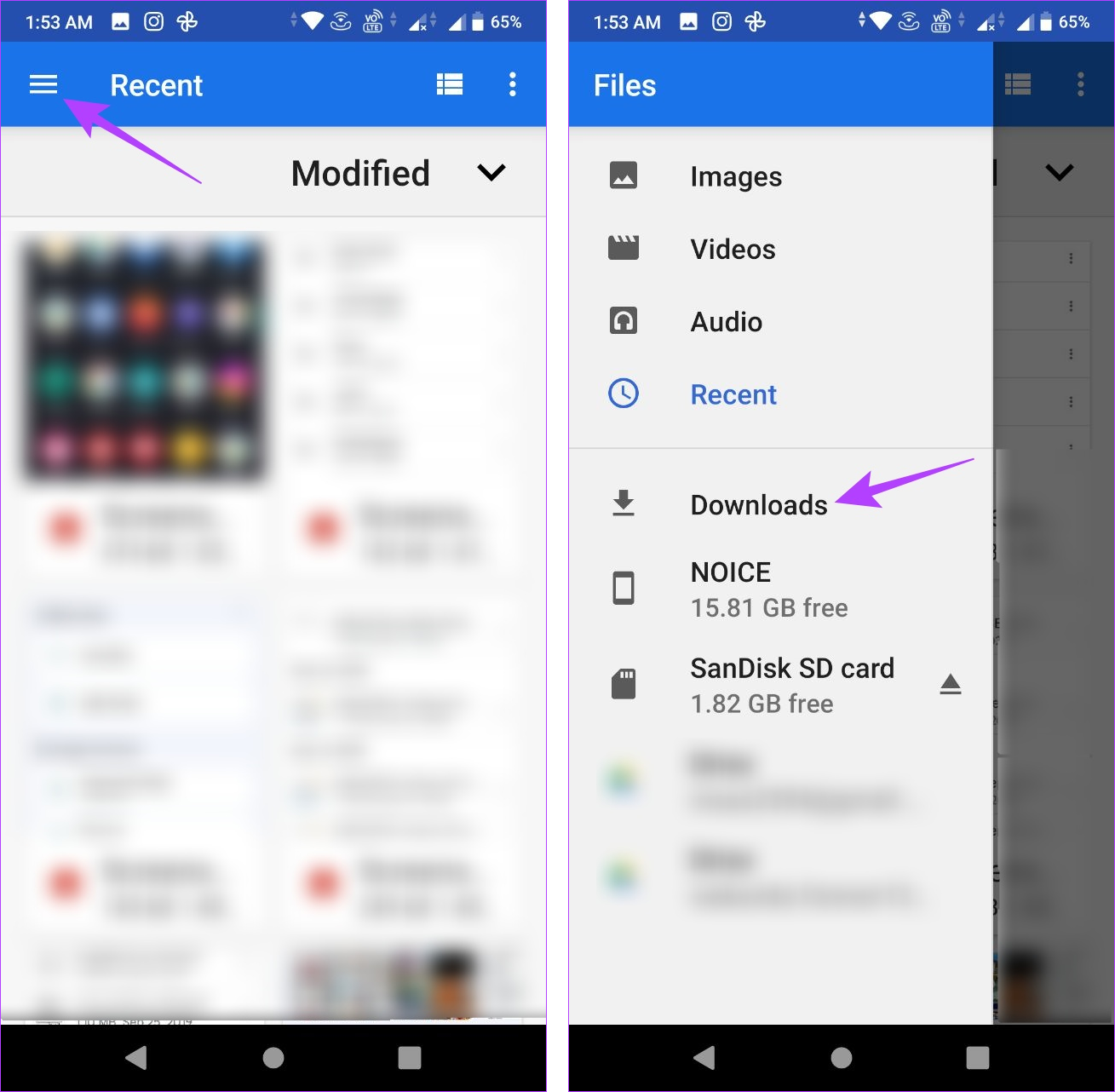Getting My download phone on tablet To Work
Getting My download phone on tablet To Work
Blog Article
Downloading data on your Android tool is straightforward, yet situating them can be a hassle. Before you know it, photos, videos, screenshots, and various other documents mess your phone. You require to recognize where those downloads went to make sure that you can remove unneeded records that are occupying area on your phone.

This guide shows you exactly how to locate an important documents that vanished and how to organize your Downloads folder. Below's exactly how to find downloads on your tool, whether you make use of one of the best Google Pixel phones or one more Android smartphone.
Find your downloads with the default documents manager
Each smartphone supplier may offer a somewhat different integrated Android app for data management, however your experience should be comparable. If you own a Samsung phone, describe our tutorial, which shows how to locate downloads on your Samsung Galaxy phone.
Similar to running systems like Windows, macOS, and iOS, Android has a Downloads folder for your data. Do the complying with to discover the downloads on your device:
1. Open the Documents or My Files application from the home display or app drawer.
2. Try to find a area called Downloads.
3. Tap it to check out the documents you downloaded.
Utilize the Data by Google application for your downloads
If you're searching for a easy and efficient way to locate your downloaded data on your Android gadget, think about utilizing Data by Google from the Google Play Shop. This application attracts attention as a leading selection for its straightforward user interface and capability, making it an excellent alternative to any preinstalled file manager application on your tool.
4. Open up the Documents application.
5. Select the Browse tab near the bottom.
6. Faucet Downloads.
7. Select the Download tab to see the data in that folder.
Find your downloads manually
If you're unable to locate the Downloads folder on the main web page of your documents supervisor app, try accessing your phone's internal storage space rather. Below's a detailed guide on how to do it:
1. Open the Documents application.
2. Select the Browse tab at the bottom.
3. Scroll down and go to Internal storage space.
4. downloads for android apps Touch the Download folder.
Move your downloads to an additional place
Moving files away from the Downloads folder is useful for multiple factors, particularly for data containing personal or personal details. Putting these files right into their folder maintains them protected and makes it difficult to remove them inadvertently. It also prevents them from obtaining buried and blended with the various other random files you download and install.
1. Open the Files app.
2. Navigate to your Download folder.
3. Tap the three-dot menu to the right of any file.
4. Choose the Move to option.
5. Tap Internal storage at the bottom.
6. Select any location or folder.
7. Tap Move here to transfer the file to that location.
Additionally, you can utilize the Copy to feature and transfer these files to a different location. This enables you to create numerous copies without deleting the original files from your Download folder.
View the exact location of your downloadsM/b >
You may want to see the location of the Download folder for various reasons from time to time. Tap the three-dot menu next to one of your downloaded files and go to File info. The/ storage/emulated/0/ Download path is the default for many modern Android devices. Some third-party web browsers might save files to a different folder, but this should be the location for most downloads.
Managing your downloads is easier than you think
The Files app by Google is an excellent choice for those who appreciate a straightforward file management solution. With its user-friendly interface and simple features, this app effectively categorizes your files into different types such as downloads, images, videos, and audio. Additionally, it provides the option to remove unnecessary files.
Speaking of tidying up, you can free up more storage space by learning how to delete unwanted WhatsApp media files. You can install an SD card on some Android devices if you're still short on space.
Report this page